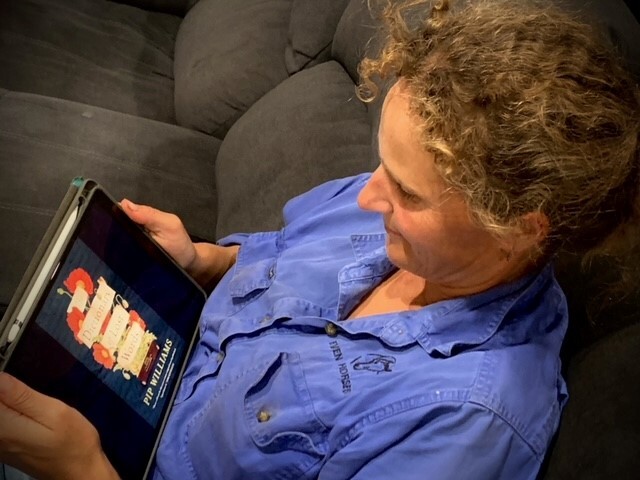Jeanette Denham, a part-time teacher at Ravensthorpe District High School in Western Australia, has penned a review of Pip Williams’ new book, The Dictionary of Lost Words.
The Dictionary of Lost Words by Pip Williams was recommended to me by a number of my more ‘with it’ literary friends. As such, I quickly downloaded the text onto my Kindle and embarked upon my reading adventure with equal amounts of curiosity and keen anticipation. I am not hugely loyal to a particular genre and instead enjoy the delight of a story that is craftily woven, exceptionally well written and which employs turns of phrases, ideas or concepts that enthral and entrap my imagination. The Dictionary managed to achieve all these essential parameters with ease; the measure of a ‘good’ book is the amount of reader’s regret experienced at the end of the story, and The Dictionary certainly gave me plenty of that.
The story is woven into the real-life context and characters surrounding the publishing of the first edition of the Oxford English Dictionary – a historical feat spanning the latter half of the 19th Century and achieving completion in 1928, some 71 years after its inception. Using the fictitious character Esme Nicholls as witness and participant, Williams crafts a timeless coming of age story in a time when perhaps society itself was experiencing one if its biggest coming of ages – the twilight of the Victorian era and the dawn of a newer, more liberal 20th Century.
As an only child who lost her mother before we are introduced to her, Esme is raised by her loving ‘Da’, a lexicographer employed by Dr Murray in the pursuit of defining and compiling the words to be included in the first edition of the Oxford English Dictionary. Esme spends much of her childhood playing underneath the sorting table where the lexicographers gather, sort and compile words in readiness for publication. The story begins with Esme’s daring feat of seizing a word that had drifted off the sorting table and which she considered abandoned and unclaimed. She determines that the word must be given love and acknowledgement, and so stores it in a trunk in the room of her friend, Lizzie, who is a young servant for the Murray family.
And so Esme’s life purpose unfolds with a desire to ensure that all words, no matter how horrible or how insignificant they may appear to the world of men, are written down, defined and recorded for posterity. In her quest to find, clarify and document these less ‘desirable’ words, Esme gains greater understanding of herself and the world around her, including the experiences of the suffrage movement and the early years of World War One.
I found this a beautifully written book with a main character whose traits and experiences made her very relatable. The way in which the author detailed the growth of the relationship between Esme and her words is skilfully crafted; starting out with the immature intentions of a child who would perhaps ordinarily collect and love wounded animals or broken dolls, and then transforming into a young lady whose quest for words helps her define and better experience the physical and mental changes that come with that metamorphism into adulthood.

As the reader we can’t help but imagine the collected words as a blanket of comfort and guidance provided in lieu of Esme’s missing mother. As well as Esme’s first person narration, the author uses letters between the characters and edited dictionary definitions to provide readers with other details and broader insights. This enables the reader, like the characters in the book, to learn as much from what is said between the lines as through the lines. If you have a few spare hours, this is certainly a book I’d recommend you read – it allows you to love, laugh and learn, which I believe is the mandate of all good books!
How do you care for your own health and wellbeing? Do you have a story you’d like to share with Wellbeing by Teacher? Here’s a handy guide on how to get started.


